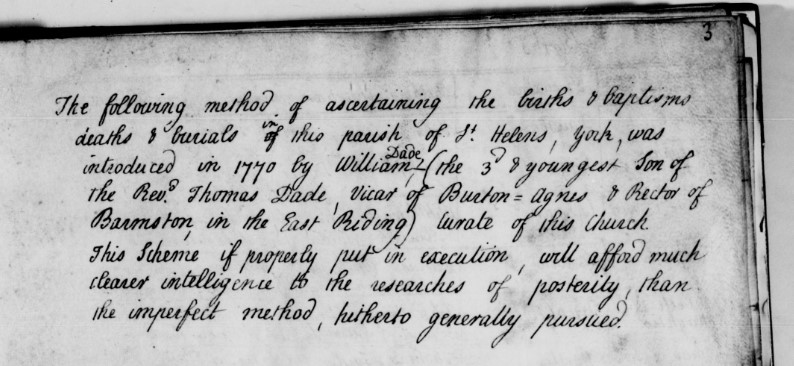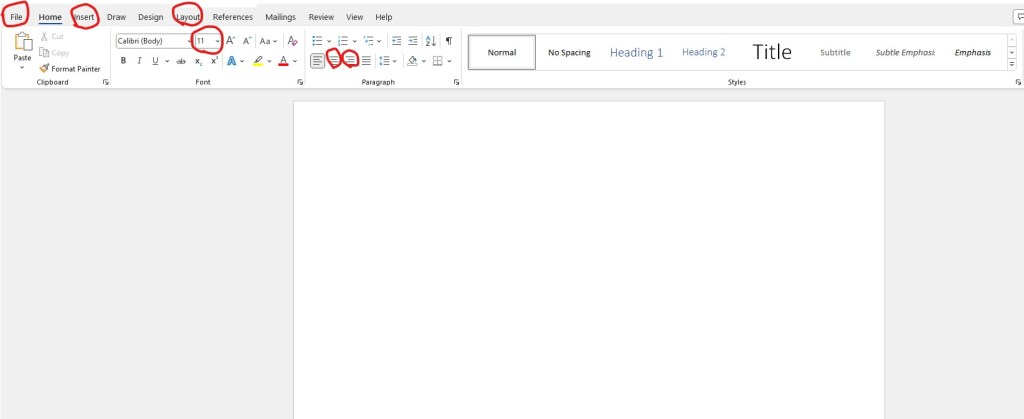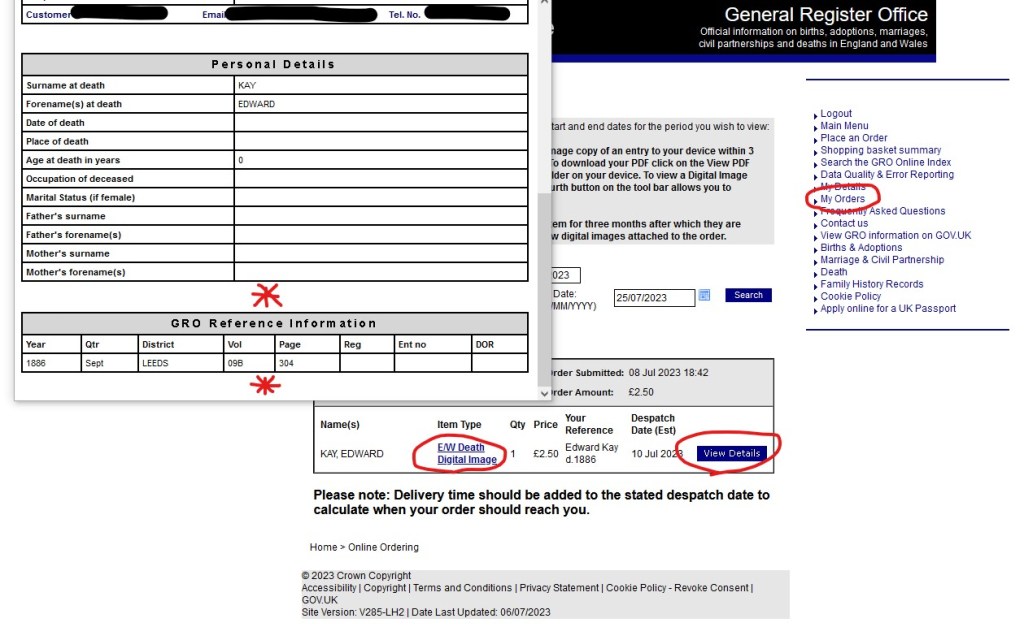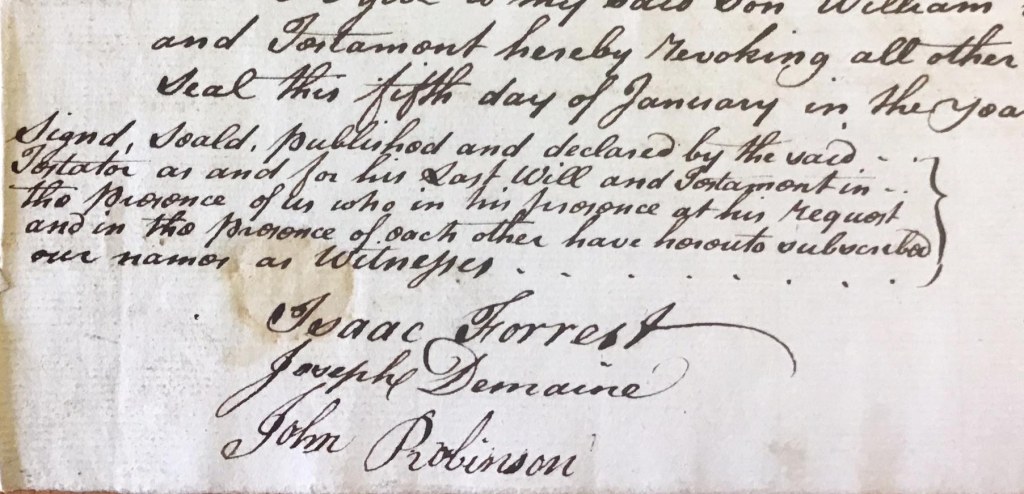Oh, Danny boy, the pipes, the pipes are calling
From glen to glen, and down the mountain side.
The summer’s gone, and all the roses falling,
It’s you, it’s you must go and I must bide.
But come ye back when summer’s in the meadow,
Or when the valley’s hushed and white with snow,
It’s I’ll be here in sunshine or in shadow,
Oh, Danny boy, oh Danny boy, I love you so!
But when ye come, and all the flowers are dying,
If I am dead, as dead I well may be,
You’ll come and find the place where I am lying,
And kneel and say an Ave there for me.
And I shall hear, though soft you tread above me,
And all my grave will warmer, sweeter be,
For you will bend and tell me that you love me,
And I shall sleep in peace until you come to me!
Lyrics by Frederic E Weatherly (c.1910-1913)
Set to the tune of Londonderry Air
Political and historical background
The Acts of Union of 1800 were parallel Acts of the Parliament of Great Britain and that of Ireland. The Union came into effect on 1 January 1801, abolishing the Irish Parliament while giving Ireland 100 MPs at Westminster and 28 peers in the House of Lords. The whole of Ireland was now part of the United Kingdom of Great Britain and Ireland. However, from the 1870s, nationalist agitation grew, ranging from support for Home Rule from the Irish Parliamentary Party (but remaining part of the Union) to calls for full independence from the republican Sinn Féin movement. It was during the 1910s and early 1920s that nationalist opinion shifted from the former to the latter, the period 1912-1923 being known as the Irish revolutionary period.
In 1914 the UK Parliament passed the Government of Ireland Act, intended to establish self-government for Ireland, but with the outbreak of war in July of that year, implementation of the Act was suspended. The Easter Rising against British rule in April 1916 was quashed within a week, yet the execution of fifteen people by firing squad, the imprisonment of hundreds more, and the imposition of martial law were decisive in turning popular support towards the Republican cause. On 21 January 1919 Irish Republicans formed a breakaway government and declared Irish independence. This began the Irish War of Independence which ended with a ceasefire on 11 July 1921. The Anglo-Irish Treaty was signed on 6 December of that year after negotiations led by Michael Collins on the Irish side, with David Lloyd George and Winston Churchill for the British team. The Treaty envisaged an ‘Irish Free State’ which went much further than Home Rule but fell short of full independence: Ireland would remain within the British Empire. For this reason, agitation would continue with the outbreak of Civil War on 28 June 1922, concluding 24 May 1923. The Irish Free State Constitution Act was passed by the British Parliament on 6 December 1922 and originally included all 32 counties of the island of Ireland. However, the treaty allowed the six-county Unionist-majority Northern Ireland one month in which to decide whether to be part of the Irish Free State or remain part of a United Kingdom of Northern Ireland. On 8 December 1922 Northern Ireland chose the latter. The Free State came to an end on 29 December 1937, when the state of Ireland headed by the new President of Ireland (in place of Governor-General of the Irish Free State) was formed.
The view from the Census
Although the decennial census in the rest of the United Kingdom commenced in 1801, the first full (UK government) census of Ireland was taken in 1821. In keeping with the rest of the UK, there followed one census every ten years, from 1831 to 1911. In view of the War of Independence, there was no census in 1921, and from 1926 the censuses for Ireland became a matter for the Irish government. Also as in the rest of the UK, the censuses of 1821 and 1831 focused on the numbers rather than the people, with the first modern census taking place in 1841. Unfortunately, almost all of the returns for 1821, 1831, 1841 and 1851 were destroyed on 30 June 1922 when, at the commencement of the Irish Civil War, Dublin’s Public Record Office was destroyed by explosion and fire. (I wrote about this and the subsequent virtual reconstruction of the former Public Record Office [here].)
In 1841 the census recorded a total of 8,175,238 people living in (the island of) Ireland. Ten years later, on 30 March 1851, that number had fallen to 6,552,385. Given the natural anticipated rise in population, in normal circumstances a number closer to nine million might have been expected. Taking this into account, the loss of population between 1841 and 1851 could be computed at 2.5 million.
The reason was, of course An Gorta Mor, or The Great Famine, which commenced in 1845 with the potato blight and continued until around 1850. In his report for the 1851 Census in Ireland, Irish Registrar General William Donnelly wrote that around a million people had died from hunger or famine-related diseases, although he added that the true figure was impossible to count and this may be an underestimate. A further million people emigrated. In one eight-month period from 1 May 1851 to 31 December 1851, 152,000 people left Ireland, but it did not stop there. A further 190,325 emigrated in 1852; 173,148 in 1853 and 190,556 in 1854. As Donnelly wrote in his report, these were mostly from the lower classes. These were of course the hardest-hit, being largely dependent on the potato crop for their own sustenance. It is not difficult to understand how this disaster fed into the movement for Independence. Other crops and livestock were unaffected; and while the poorest people starved to death, exports of such produce continued throughout. Further, absentee landlords, numbering about ten thousand, had no interest in their Irish lands other than as a source of income. The management of their lands was carried out by hired middle men, who rented out small parcels of land to tenants and even during the famine dealt ruthlessly with those who could not pay the rent, with the result that many of the starving lower classes were also without land or a home. It is easy to see why, when the potato blight returned to Europe in 1879, this fed into the nationalist agitation.
By the time of the 1861 census the population of Ireland had collapsed further: a reduction of almost one million more people, to 5,764,543. Almost two hundred years after the onset of The Great Famine, Ireland’s population has never recovered to the 1841 position.
Where did these people go?
Those who could afford it tended to go to the United States of America. Those who couldn’t crossed the Irish Sea to Great Britain, where they arrived hungry, destitute and clothed in rags. Many would also have been unable to speak English. I have several United States censuses to thank for clarifying this. Other than in Ireland, the UK census did not, at this time, include any questions about languages, and in any case, of course, the 1841 and 1851 census returns were lost to us in the fire of 1922. However, following up on the families of some of my own DNA matches who settled in Pennsylvania, I found that the recorded mother-tongue of many of the contemporaries of my County Mayo ancestors was Gaelic. Indeed it is estimated that as of 1841, half of the Irish population spoke only Gaelic or were bilingual Gaelic-English – and that most of the Gaelic speakers were concentrated in the west and south-west: the provinces of Connaught and Munster, and the very places most impacted by the potato blight and the consequent deaths and emigrations. Now, desperate for work and somewhere to stay, they start to appear on English, Scottish and Welsh census returns, crowded into slums in the poorest, unhealthiest areas, sometimes as many as thirty to a room, subjected to racial discrimination and accused of dirty habits. Census figures show that in 1841, of a total Great Britain population (i.e. England, Scotland, Wales) of 18,553,124, there were 419,256 individuals on the census who declared their place of birth as Ireland. In 1851, of a GB population of 21,121,967, there were 727,326 Irish-born residents. And in 1861, when the GB population numbered 23,085,579, there were 805,717 Irish-born residents. Of course, by this time, some of these incomers would have married and had children in their new locations, meaning their children, although perhaps identifying as ‘Irish’ and living in Irish communities, would show up in the census as British born. Initially, most of the Irish-born migrants settled in Liverpool and in other pockets of Lancashire, in Glasgow, London, Birmingham, Cardiff, Workington and the Newcastle upon Tyne area. Click [here] to see a map showing where they had settled by 1851.
Danny Boy
The starting point of this post was the Irish ballad ‘Danny Boy’. In fact the lyrics were written by English lawyer and lyricist Frederic Weatherly. It isn’t clear if he set them to the traditional Irish melody of ‘Londonderry Air’ or if this was done afterwards.
It’s also not absolutely clear what the song is about! Certainly it’s from a mother to a son. But is that son going off to war? Is he, as suggested by the calling of the pipes, participating in the Republican cause? Or is he emigrating in search of a better life for economic reasons or following the famine?
Today, the worldwide Irish diaspora extends to over 100 million people – more than fifteen times the population of the island of Ireland, and as many of them celebrate St Patrick’s Day and remember their roots, you can be sure that many of them will be singing Danny Boy. For me, it’s about the pain of emigration, about the mother who knows she is unlikely ever to see her son again, but wherever he is, her love will always be with him.
*****
The main part of this post, The view from the Census, draws upon Roger Hutchinson’s book: The Butcher, the Baker, the Candlestick Maker. In my next post I’ll be reviewing the book.























